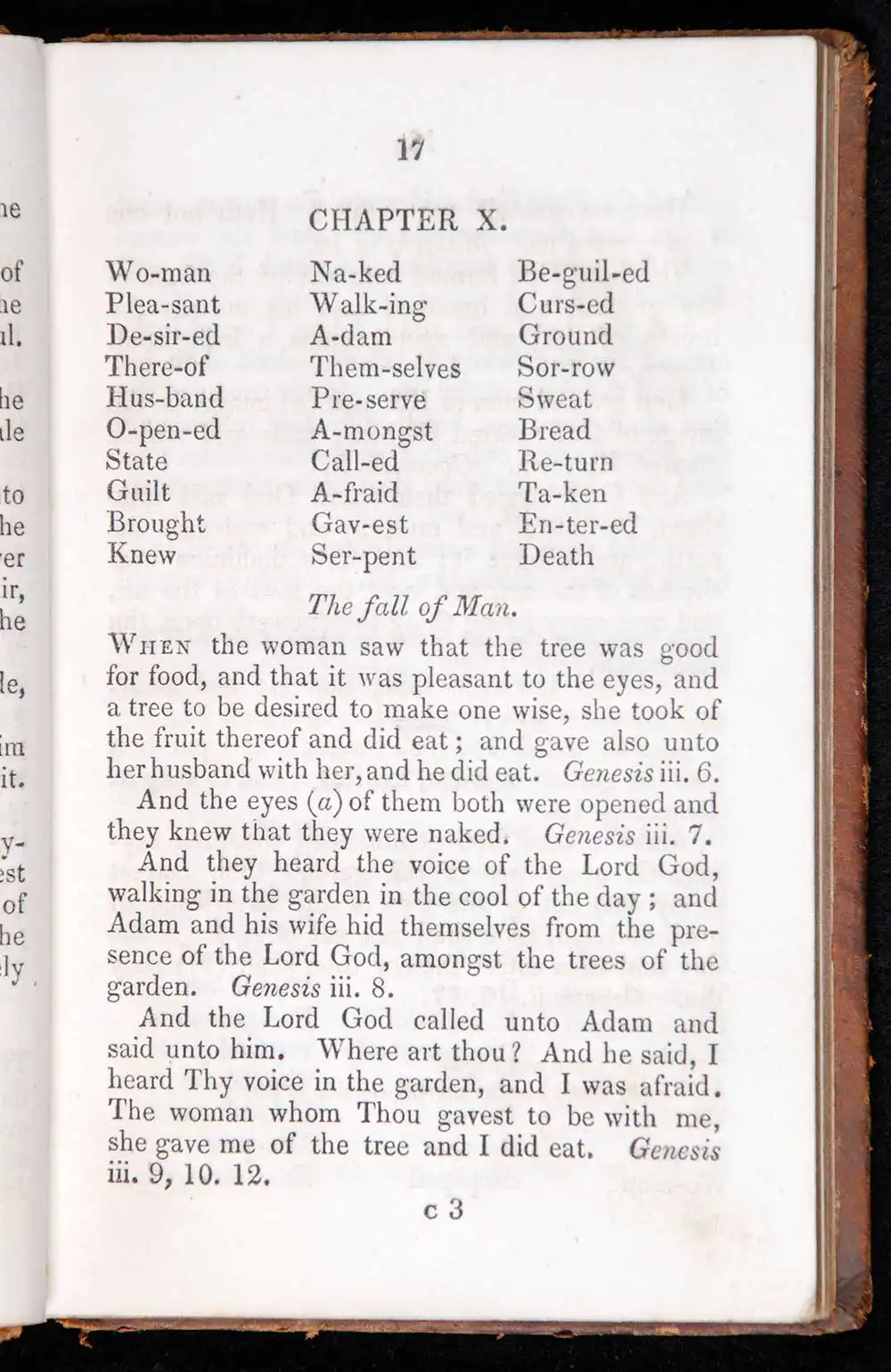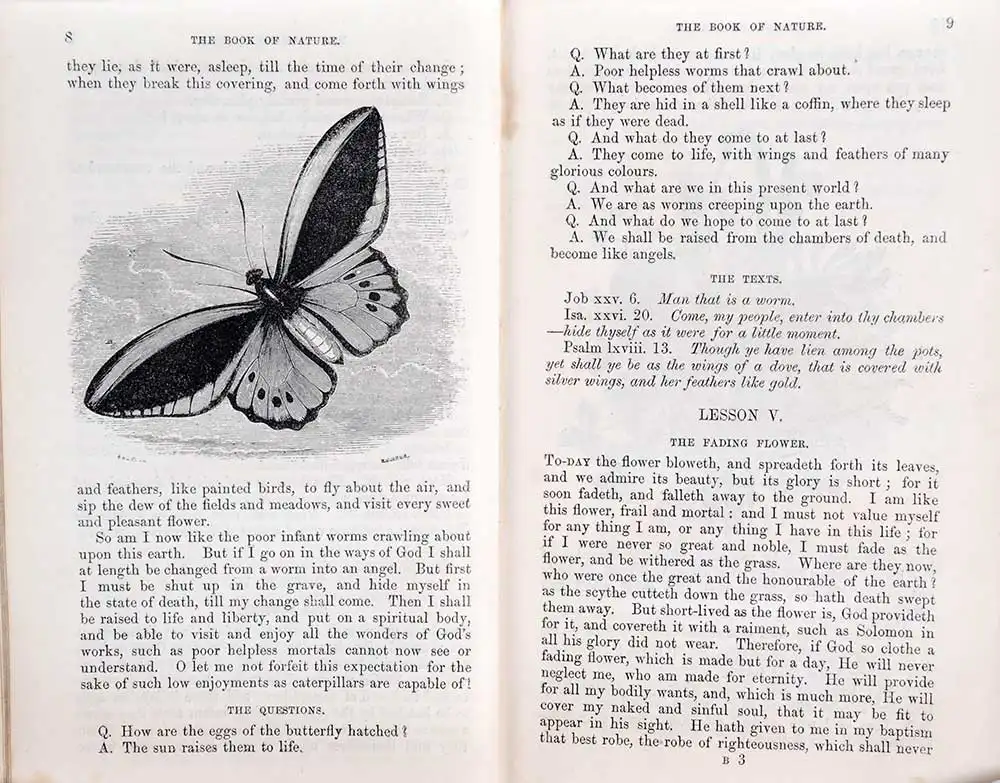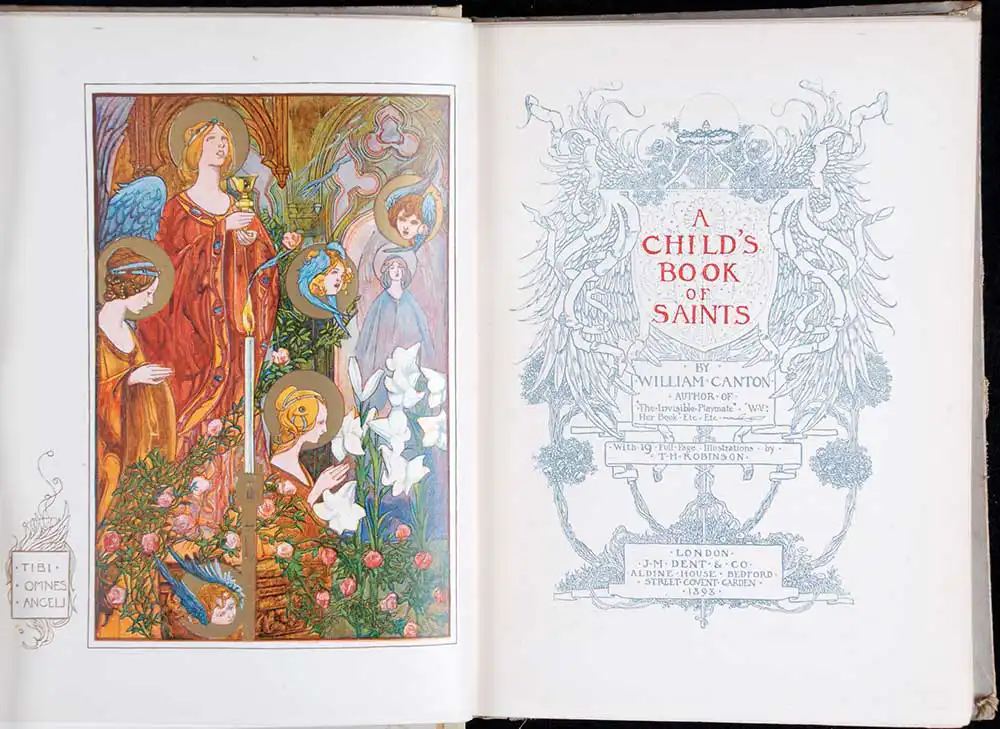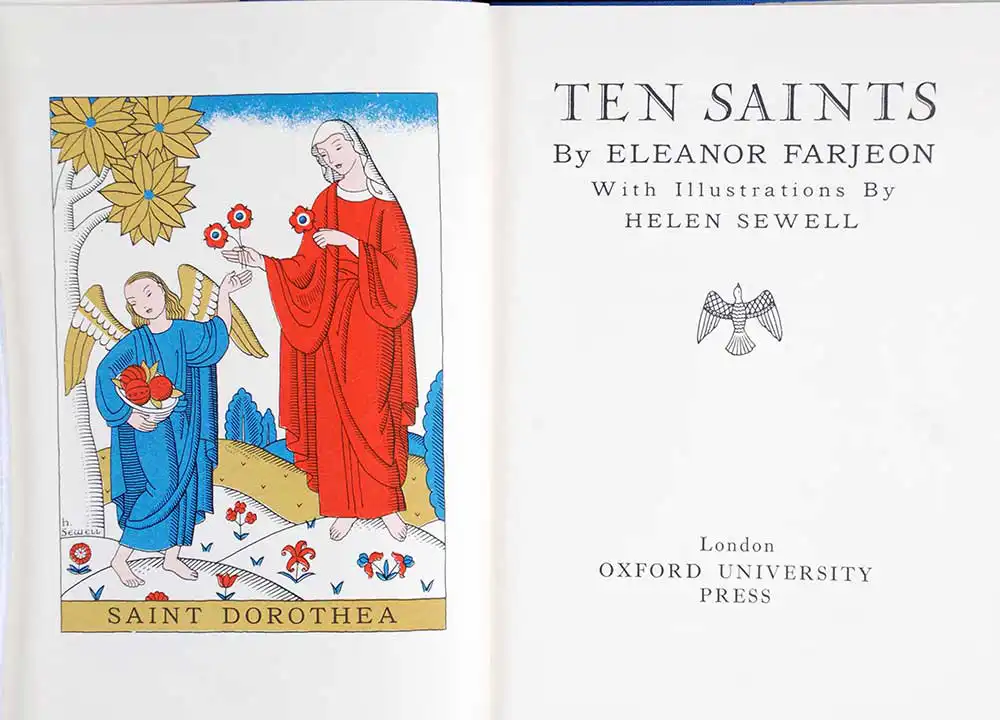Case 9
- Instructional Works

James Slade (compiler). Lessons for Sunday schools selected from the Scriptures: with spelling exercises prefixed and a few explanatory notes. London: Printed for C.J.G. & F. Rivington, 1831.
Lessons for Sunday schools by James Slade, vicar of Bolton,
Lancashire, was a teaching tool for Sunday schools, with a focus on arranging
into sections and consigning to memory apt quotes from Scripture – and with a
grave concern for correct spelling. Its stated aim was “to lead to the knowledge and practice of religion,
without which the learning to read will do more harm than good.”
Named in
his honour and founded on Christian principles, the Canon Slade School in
Bolton still exists today.

James Slade (compiler). Lessons for Sunday schools selected from the Scriptures: with spelling exercises prefixed and a few explanatory notes. London: Printed for C.J.G. & F. Rivington, 1831.
Open image in new window

William Jones. The book of nature: or, the true sense of things explained and made easy to the capacities of children. London: Society for Promoting Christian Knowledge, 1845.
First
published anonymously in 1788, The book
of nature by English theologian William Jones of Nayland, Suffolk
(1726-1800) was a popular instructional text republished in numerous editions
into the mid-nineteenth century. The work entails a series of lessons for
children comprising a short lecture and catechism concerning the relation of
God’s creatures and nature to the Bible.

William Jones. The book of nature: or, the true sense of things explained and made easy to the capacities of children. London: Society for Promoting Christian Knowledge, 1845.
Open image in new window

William Canton. A child's book of saints. Illustrated by T.H. Robinson. London: J.M. Dent, 1898.
William
Canton was a late Victorian English author of poetry, religious history and
children’s literature. Like several of his children’s works A child’s book of saints is addressed to
his beloved daughter Winifred Vida (1891-1901). The elegantly written stories
are based on actual saints but he sometimes utilises supernatural elements to
illustrate greater Christian truths.

William Canton. A child's book of saints. Illustrated by T.H. Robinson. London: J.M. Dent, 1898.
Open image in new window

Eleanor Farjeon. Ten saints. Illustrated by Helen Sewell. London: Oxford University Press, 1953.
Ten saints was first published in the
United States in 1936, illustrated by Helen Sewell, whose artwork is depicted
in many distinguished American books for children. Eleanor Farjeon’s stories
are simply and reverently told, with a sprightly rhyme appended for each saint.

Eleanor Farjeon. Ten saints. Illustrated by Helen Sewell. London: Oxford University Press, 1953.
Open image in new window



